Kythira
Kythira Island Map
Kythira Island Photos
Kythira Island Videos
Kythira Island Tips
Hotels in Kythira Island
Nostalgic atmosphere
Traditional hotel
Hotel Porto Delfino
Nostos pension
Hotel Margarita
Evi studios
Petros studios
Castello studiosThings To Do in Kythira Island
Cave of Agia Sophia
Kapsali
Chitra rock island
Seat of the Blue Sea line
Walking out of Kapsali!
Kythira, chapels
Aghia Pelagia
Kapsali
Kythira, the Chora
Agia Ellessa» More Things To Do in Kythira Island
Restaurants in Kythira Island
Seafood!
Fresh fish
Rouga
By the little river...
Nightlife in Kythira Island
The best lighting !!
Best lightingOff the Beaten Path in Kythira Island
Agioi Akindinoi
Paleochora
Agioi Akindinoi
Palaiochora
 HOW TO GET TO KYTHIRA
HOW TO GET TO KYTHIRA
There are a lot of ways to come to Kythira. Plane from the international Airport of Athens or boat from Piraeus.Also roadly up to Gythion and Neapoli Lakonia and from there again by boat. If you come from Crete you will find the boat in Kasteli of Kissamos (district of Chania). Furthermore there are flying dolphins departing from the port of Piraeus .
You will find more information in the travel agencies, where you will buy your tickets. And don’t forget always in time, because the demand is big. Now if you come with your ship look the information in the category Marina.
 .
.
Warnings or Dangers in Kythira Island
Book everything in advance!!Transportation in Kythira Island
Ferries
Sailing to KythiraShopping in Kythira Island
Sempreviva
SEMPREVIVA
FATOURADAGeneral Tips in Kythira Island
Archaelogical Museum of Kithira
Historical Kythira
Isla de Kythira

Kicira o Tsirigo, una isla jónica, está situada al sur del Peloponneso.
Es una isla con larga historia qué tiene su propio carácter y estilo.
Hoy en día Kythira atrae la atención de numerosos visitantes extranjeros y griegos por sus maravillosos pueblos, excavaciones arqueológicas, limpias aguas del mar, playas y costas pedregosas.
El castillo y el arqueológico museo de Jora, monasterios (Mirtidia, Agia Moni, Agia Elessa), cueva de Agia Sofía, catarata de Fonissa y el tradicional hundimiento de Kato Jora a Mylopotamos, Paliojora, el puente y el bizantino museo a Kato Livadi y otros tradicionales pueblos son algunos lugares de interés.
Playas: Kapsali, Fyri Ammos, Jalkos, Melidoni, Kaladi, Avlemonas, Paliopoli, Agia Pelaya, Diakofti y muchas otras.

KKythira Related:
Villages . Beaches . Churches . Museums . Architecture . History
Kythira on Google Maps
Kythira Virtual Tour
Routes Timetable PORFYROUSSA
Kythira - Video


Kicira o Tsirigo, una isla jónica, está situada al sur del Peloponneso.
Es una isla con larga historia qué tiene su propio carácter y estilo.
Hoy en día Kythira atrae la atención de numerosos visitantes extranjeros y griegos por sus maravillosos pueblos, excavaciones arqueológicas, limpias aguas del mar, playas y costas pedregosas.
El castillo y el arqueológico museo de Jora, monasterios (Mirtidia, Agia Moni, Agia Elessa), cueva de Agia Sofía, catarata de Fonissa y el tradicional hundimiento de Kato Jora a Mylopotamos, Paliojora, el puente y el bizantino museo a Kato Livadi y otros tradicionales pueblos son algunos lugares de interés.
Playas: Kapsali, Fyri Ammos, Jalkos, Melidoni, Kaladi, Avlemonas, Paliopoli, Agia Pelaya, Diakofti y muchas otras.

KKythira Related:
Villages . Beaches . Churches . Museums . Architecture . History
Kythira on Google Maps
Kythira Virtual Tour
Routes Timetable PORFYROUSSA
Kythira - Video
Kythιra or Tsirigo is a beautiful picturesque island which is found 20 km south of the Cape of Maleas in Peloponnese. Although Kythera and Antikythera belong to Peloponnese geographically and to Attica prefecture administratively, they are located in the islands of Ionian Sea, because they had had common historical course for a long time.
Kythera, Goddess' Aphrodite and Eros' island are characterized by landscape multiformity. The countless idyllic landscapes, the traditional settlements, the picturesque watersides, the impressive caves, the narrow streets, the especial churches, the Venetian and Byzantine monuments entrance the visitor.

Except for the natural beauties, in Kythιra there are many important sights. In Chora, the traditional small houses of insular architecture and the scenic backstreets relax the visitor. There, we find the imposing Castle and the Archeological Museum of Kythera. In Avlemonas, there are ruins of ancient buildings. Visit the waterfall of Murderess in Mylopotamos as well as the stone bridge in Katouni, which was constructed by English in 1829
On the island there are a lot of old churches and monasteries. It's worth visiting, in Palaiopoli, the church of Saint Kosmas, built with materials of Aphrodite's temple, and the church of Saint Georgios, the floor of which is paved with byzantine mosaics. Murals of 12 th century adorn the church of Saint Andreas in Livadi.
Kythera, mostly in summer, attracts many Greek and foreign visitors thanks to the limpid sea and the sandy beaches that alternate with rough rocky coasts. In most beaches, the coast is a combination of sand and pebble
You will enjoy the sun and the sea at the beaches of Halkos, Sparagario, Agia Pelagia, Melidoni, Kaladi, Komponada, Palaiopoli, Lorentzos and Plateia Ammos… On the island, there are two beaches with the name Fyri Ammos; Fyri Ammos of Kalamos which has been rewarded in past with the award “Gold Starfish” for its natural beauty and the cleanness of its waters, and Fyri Ammos of Agia Pelagia. Both, as their name intimate, have got red sand and pebbles.
In the north side of the island, the famous for its sunset beach of Lykodimos is found. At Kalami beach, the deep blue waters between a range of rocks compose a fascinating landscape. At the picturesque small port of Avlemonas, you will take a cool plunge from the rocks and you will enjoy your coffee or your food at a cafeteria or a restaurant that you will find around.
How you can get there
By Plane: There are daily flights from Eleftherios Venizelos airport to Kythira. The duration of flight is 30 minutes approximately.
Coastally: Ships depart daily from Piraeus Port, Gythio Port, Neapoli of Laconia and Kasteli of Crete Port to Kythira.
Kythera, Goddess' Aphrodite and Eros' island are characterized by landscape multiformity. The countless idyllic landscapes, the traditional settlements, the picturesque watersides, the impressive caves, the narrow streets, the especial churches, the Venetian and Byzantine monuments entrance the visitor.

On the island there are a lot of old churches and monasteries. It's worth visiting, in Palaiopoli, the church of Saint Kosmas, built with materials of Aphrodite's temple, and the church of Saint Georgios, the floor of which is paved with byzantine mosaics. Murals of 12 th century adorn the church of Saint Andreas in Livadi.
Kythera, mostly in summer, attracts many Greek and foreign visitors thanks to the limpid sea and the sandy beaches that alternate with rough rocky coasts. In most beaches, the coast is a combination of sand and pebble
You will enjoy the sun and the sea at the beaches of Halkos, Sparagario, Agia Pelagia, Melidoni, Kaladi, Komponada, Palaiopoli, Lorentzos and Plateia Ammos… On the island, there are two beaches with the name Fyri Ammos; Fyri Ammos of Kalamos which has been rewarded in past with the award “Gold Starfish” for its natural beauty and the cleanness of its waters, and Fyri Ammos of Agia Pelagia. Both, as their name intimate, have got red sand and pebbles.
In the north side of the island, the famous for its sunset beach of Lykodimos is found. At Kalami beach, the deep blue waters between a range of rocks compose a fascinating landscape. At the picturesque small port of Avlemonas, you will take a cool plunge from the rocks and you will enjoy your coffee or your food at a cafeteria or a restaurant that you will find around.
How you can get there
By Plane: There are daily flights from Eleftherios Venizelos airport to Kythira. The duration of flight is 30 minutes approximately.
Coastally: Ships depart daily from Piraeus Port, Gythio Port, Neapoli of Laconia and Kasteli of Crete Port to Kythira.

Kythira Island Map
Kythira Island Photos
Kythira Island Videos
Kythira Island Tips
Hotels in Kythira Island
Nostalgic atmosphere
Traditional hotel
Hotel Porto Delfino
Nostos pension
Hotel Margarita
Evi studios
Petros studios
Castello studiosThings To Do in Kythira Island
Cave of Agia Sophia
Kapsali
Chitra rock island
Seat of the Blue Sea line
Walking out of Kapsali!
Kythira, chapels
Aghia Pelagia
Kapsali
Kythira, the Chora
Agia Ellessa» More Things To Do in Kythira Island
Restaurants in Kythira Island
Seafood!
Fresh fish
Rouga
By the little river...
Nightlife in Kythira Island
The best lighting !!
Best lightingOff the Beaten Path in Kythira Island
Agioi Akindinoi
Paleochora
Agioi Akindinoi
Palaiochora
 HOW TO GET TO KYTHIRA
HOW TO GET TO KYTHIRA There are a lot of ways to come to Kythira. Plane from the international Airport of Athens or boat from Piraeus.Also roadly up to Gythion and Neapoli Lakonia and from there again by boat. If you come from Crete you will find the boat in Kasteli of Kissamos (district of Chania). Furthermore there are flying dolphins departing from the port of Piraeus .
You will find more information in the travel agencies, where you will buy your tickets. And don’t forget always in time, because the demand is big. Now if you come with your ship look the information in the category Marina.
 .
.Book everything in advance!!Transportation in Kythira Island
Ferries
Sailing to KythiraShopping in Kythira Island
Sempreviva
SEMPREVIVA
FATOURADAGeneral Tips in Kythira Island
Archaelogical Museum of Kithira
Historical Kythira
)))))))))))))))))))))))))))))))))))))))))))))))))) ))))))))))))
Isla de Antikythira

Overview of Antikythira Island . History of Antikythira . Archaeology| Mythology Architecture of Antikythira . Areas of Antikythira Island| Museums . Beaches of Antikythira Island . Churches & Monasteries| Hotels in Antikythira Island . Useful Phone Numbers . Photo Gallery
F/B Myrtidiotissa
Map of Antikythira
Isla de Antikythira

Overview of Antikythira Island . History of Antikythira . Archaeology| Mythology Architecture of Antikythira . Areas of Antikythira Island| Museums . Beaches of Antikythira Island . Churches & Monasteries| Hotels in Antikythira Island . Useful Phone Numbers . Photo Gallery
F/B Myrtidiotissa
Map of Antikythira
Kythira Antikythira island: Antikythira is a very small island which is located to the southeast of Kythira and belongs to the Ionian Islands. This tiny island has a long history, although today it is declining. Antikythira has only 50 inhabitants that live permanently on the island and most of them are elderly. In summer, the village gets livelier with tourists or immigrants that come on the island, but still this number doesn't overpass 300 or 400 people.
Traces of Minoan settlements have been found on the island and generally its connection to Crete is strong all over the history of Antikythira. Since 300 B.C., the island had been continuously affected by pirate attacks, which destroyed the island many times. The island was re-inhabited in the Roman Era and, in 1204 A.D., the Venetians took over Antikythira and built a small garrison there to control the naval passage from the West to the East. The island soon became a refuge for Greek Revolutionists from Crete and the Peloponnese, who were fighting against the Ottomans.
After the fall of the Venetian democracy in 1797, Antikythira was left unattended without having a government. In 1815, it was added to English sovereignty. In 1864, along with the other Ionian Islands, Antikythira became part of Greece. During the Second World War, the island was controlled first by the Italians and then by the Germans. After the Greek Civil War and till 1964, the island received political exiles, mainly communists. In the 1960s and 1970s, most of its inhabitants moved to Australia and America in search for a better life, but still keep strong relations with their homeland.
The development of the island started in the 1980s, where electricity was installed on the island and water storages were built. At the end of the 1990s, the harbour was expanded and a small shelter for the fishing boats was constructed. The roads are paved now and a heliport serves the emerge situations of the inhabitants.
Today, Antikythira bases its economy on fishing. Tourism is not developed yet and only a few rooms to rent can be found. The most important settlement is Potamos, where you can also find a policeman and a doctor. All around the island, you will find nice, small beaches to swim, such as Xeropotamos beach, close to which there lies the ancient fortified town of Kastro and the remains of the temple of Apollo.
The most known festival on Antikythira is the name day of Agios Myronas, on August 17th, which is the patron saint of the island. This time Antikythira is at its peak and many pilgrims come. This small island can be accessed by boat from Kythira in 2 hours, Gythion in the opposite coast of Laconia in 5 hours or Kastelli, Crete in 4 hours.
Antikythira is a small island between Kythera and Kissamos of Crete. The scenic hamlets and the natural beauties of the island will charm you. Here, you will enjoy swimming, as the island has got wonderful beaches, with most distinctive, this of Xyropotamos, as well as the walking routes in pure nature. At the bottom of the sea of Antikythera, a wreck of 1 st century B.C. was found in 1900 that gave many interesting findings, which are exhibited today in the Archeological Museum of Athens, with most known the statue of “The Adolescent of Antikythera”.
Kythira is the ideal destination for those who want to pass calm and relaxing holidays, but also for those who search for a vivid life and entertainment. Aphrodite's island waits for you and promises to give you unforgettable experiences.
Traces of Minoan settlements have been found on the island and generally its connection to Crete is strong all over the history of Antikythira. Since 300 B.C., the island had been continuously affected by pirate attacks, which destroyed the island many times. The island was re-inhabited in the Roman Era and, in 1204 A.D., the Venetians took over Antikythira and built a small garrison there to control the naval passage from the West to the East. The island soon became a refuge for Greek Revolutionists from Crete and the Peloponnese, who were fighting against the Ottomans.
After the fall of the Venetian democracy in 1797, Antikythira was left unattended without having a government. In 1815, it was added to English sovereignty. In 1864, along with the other Ionian Islands, Antikythira became part of Greece. During the Second World War, the island was controlled first by the Italians and then by the Germans. After the Greek Civil War and till 1964, the island received political exiles, mainly communists. In the 1960s and 1970s, most of its inhabitants moved to Australia and America in search for a better life, but still keep strong relations with their homeland.
The development of the island started in the 1980s, where electricity was installed on the island and water storages were built. At the end of the 1990s, the harbour was expanded and a small shelter for the fishing boats was constructed. The roads are paved now and a heliport serves the emerge situations of the inhabitants.
Today, Antikythira bases its economy on fishing. Tourism is not developed yet and only a few rooms to rent can be found. The most important settlement is Potamos, where you can also find a policeman and a doctor. All around the island, you will find nice, small beaches to swim, such as Xeropotamos beach, close to which there lies the ancient fortified town of Kastro and the remains of the temple of Apollo.
The most known festival on Antikythira is the name day of Agios Myronas, on August 17th, which is the patron saint of the island. This time Antikythira is at its peak and many pilgrims come. This small island can be accessed by boat from Kythira in 2 hours, Gythion in the opposite coast of Laconia in 5 hours or Kastelli, Crete in 4 hours.
Antikythira is a small island between Kythera and Kissamos of Crete. The scenic hamlets and the natural beauties of the island will charm you. Here, you will enjoy swimming, as the island has got wonderful beaches, with most distinctive, this of Xyropotamos, as well as the walking routes in pure nature. At the bottom of the sea of Antikythera, a wreck of 1 st century B.C. was found in 1900 that gave many interesting findings, which are exhibited today in the Archeological Museum of Athens, with most known the statue of “The Adolescent of Antikythera”.
Kythira is the ideal destination for those who want to pass calm and relaxing holidays, but also for those who search for a vivid life and entertainment. Aphrodite's island waits for you and promises to give you unforgettable experiences.












 .
.







 .
.




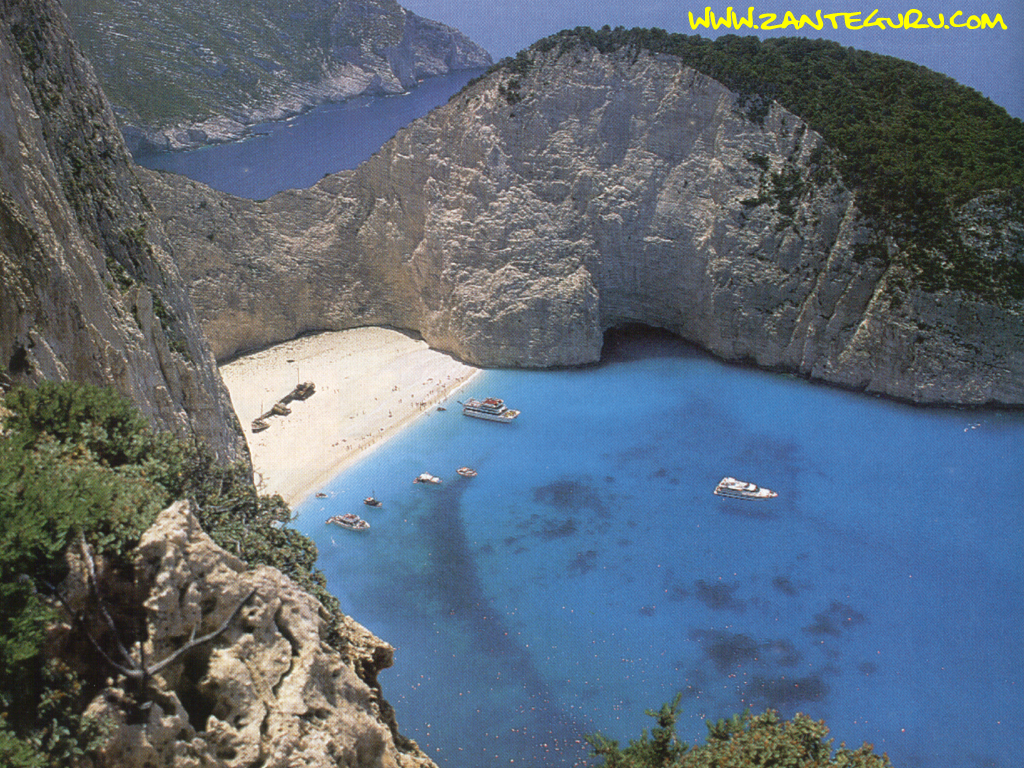


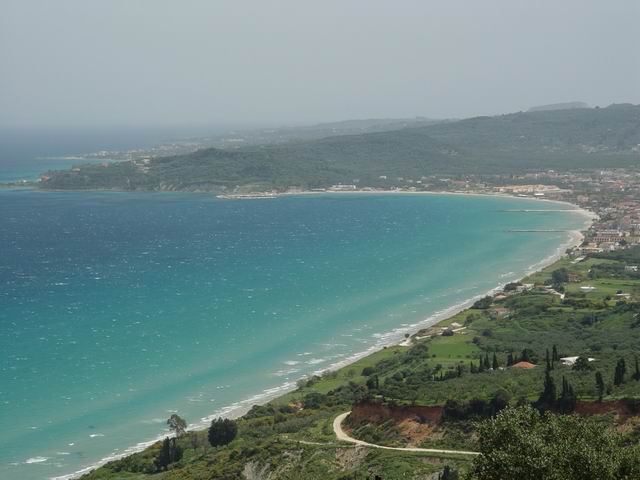
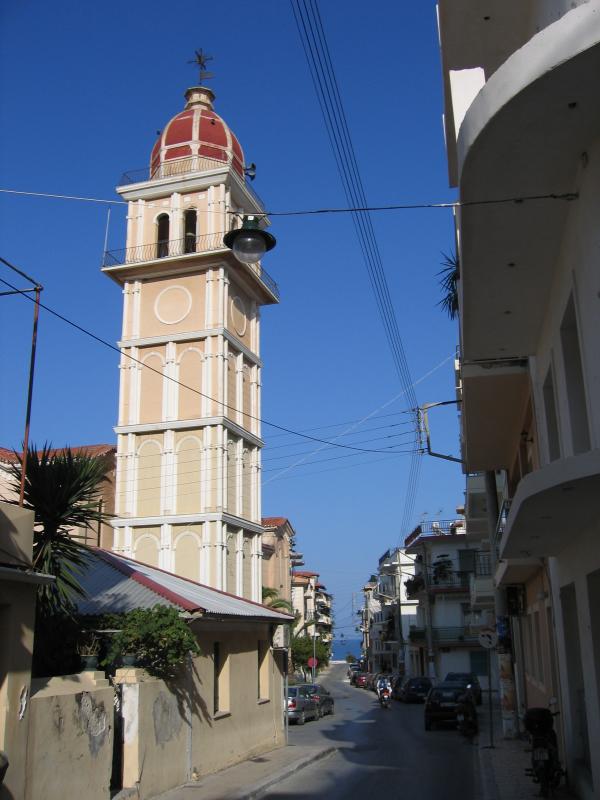






 .
.

 .
. .
.






 .
.






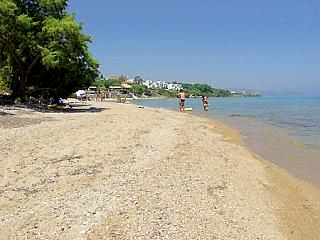
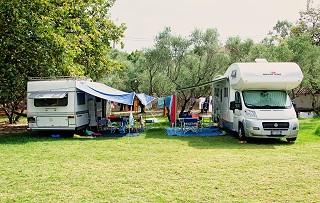
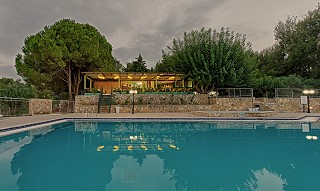 .
.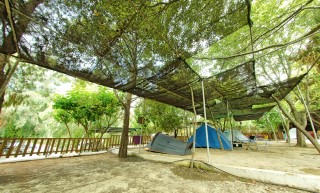 .
.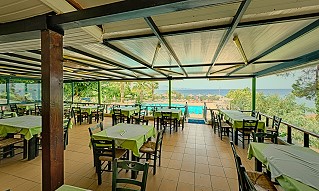
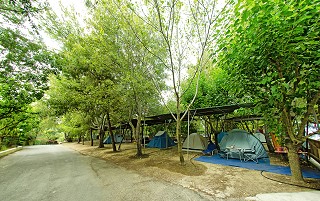
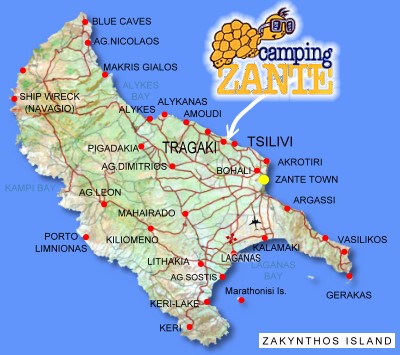 .
.














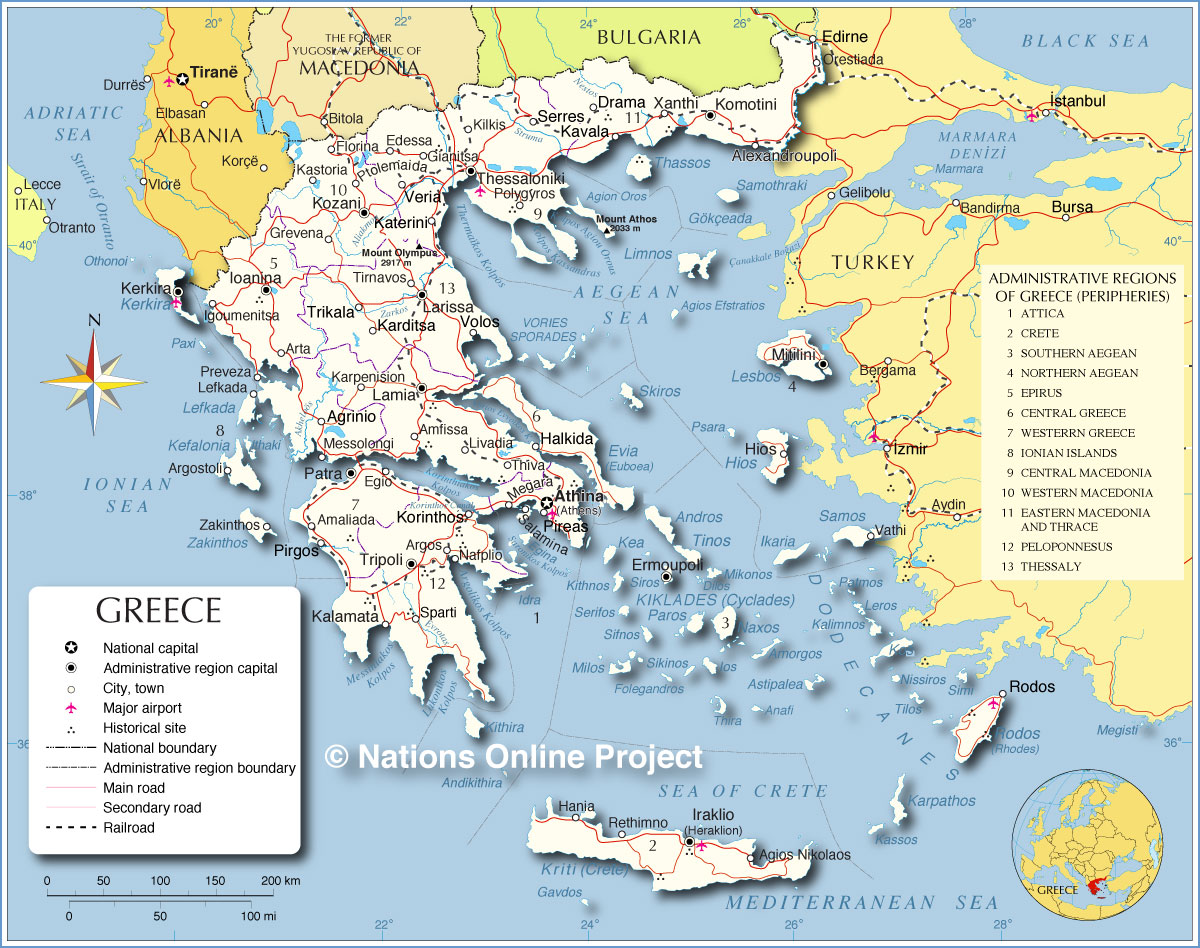 .
.






 .
.




















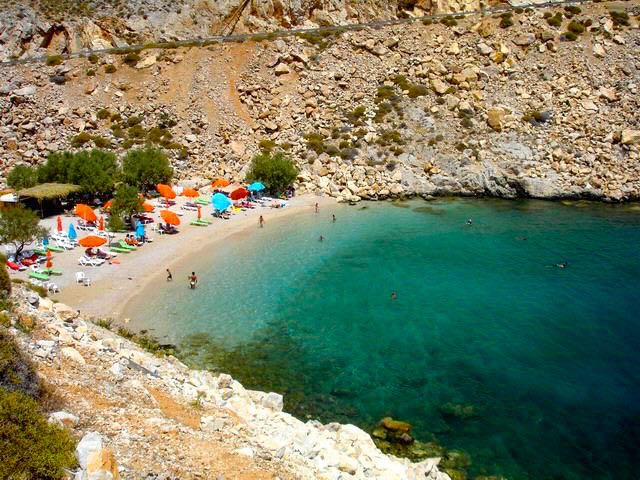

Comentario